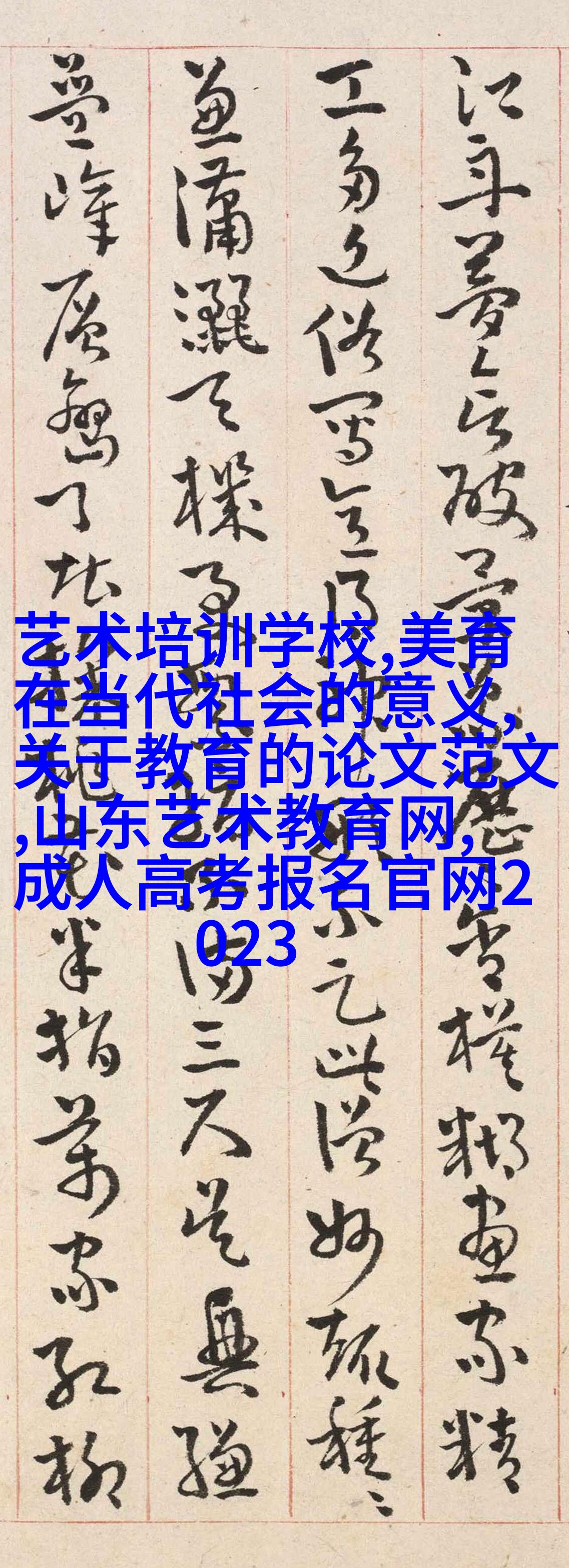日本传统绘画日本美术的艺术风格
何为日本传统绘画?

在探讨日本传统绘画之前,我们首先需要了解这一概念代表了什么。它是指源自古代,经过千年的演变和发展,形成了一套独特的艺术语言和技法的绘画体系。这种文化艺术不仅体现了日本人的审美观念,也反映了他们对自然、生活和精神世界的深刻理解。
历史渊源与影响

Japanese traditional painting, also known as Nihonga or Japanese-style painting, has its roots in the Heian period (794-1185 AD), when Buddhism and Chinese culture had a profound impact on Japanese art. The influence of Zen Buddhism led to a shift towards more abstract and spiritual themes in later centuries. As for the term "Nihonga," it was coined during the Meiji period (1868-1912) to distinguish this traditional style from Western-influenced oil painting.
技法与材料

The techniques used in Japanese traditional painting are quite distinct from those employed by Western artists. For instance, unlike oil paintings that dry slowly over time, these works typically use natural pigments like vermilion, indigo blue, and gold leaf applied onto silk or paper with various brushes made from animal hair. The artist's skillful manipulation of color gradations creates a delicate balance between lightness and darkness.
主题与表现手法

Themes within Japanese traditional painting range from landscapes to portraits, animals to mythological creatures. Artists often focus on capturing subtle changes in nature such as fleeting moments of sunlight filtering through trees or mist rising above mountains. Their representation of human figures is characterized by simplicity and elegance rather than intricate detail.
近现代重兴与影响力

Although modernization brought about significant changes in Japan's artistic landscape during the 19th century onwards, there was still an interest among some artists to preserve their cultural heritage through reviving traditional techniques. Today's contemporary artists continue this legacy while incorporating new ideas into their work.
未来展望:融合与创新
As we look ahead at the future prospects for Japanese traditional painting, it seems likely that this ancient art form will continue evolving while maintaining its essence intact. Artistic fusion with other styles may lead to new discoveries both visually and conceptually; however, it is essential not lose sight of what makes this unique cultural treasure so valuable: its historical depth rooted firmly within Japan's rich tapestry of culture arts.
Japan's cultural arts have played an integral role throughout history shaping their identity today; understanding them helps us appreciate how they have evolved over time while keeping traditions alive.
In conclusion ,the beauty lies not only within each individual piece but also within the story behind every brushstroke which connects us all across cultures worldwide.
This remarkable blend results in a visual feast where past meets present creating timeless masterpieces reflecting our shared humanity.
We hope you enjoyed reading about Japan’s beautiful cultural artwork.
It truly is fascinating learning about different ways people express themselves creatively around world
There are endless stories waiting be discovered – keep exploring!